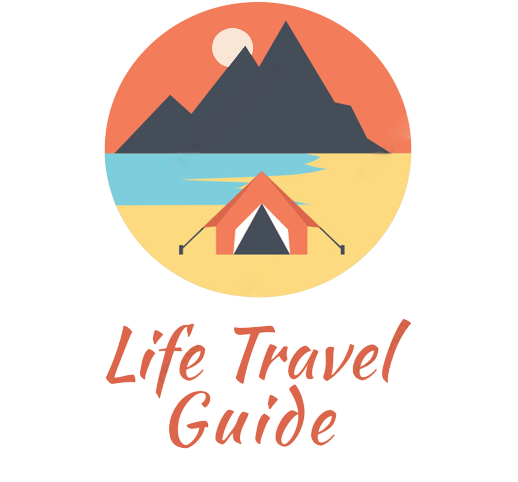CUSCO – THE CAPITAL OF INCAS
Cusco is located at 3500 meters elevation and its population is about 300 000 people, which is three times more compared to 20 years ago. It is located southeast of Peru, in the Urubamba Valley (The Holly Valley) in the Andes, and in the past, it was considered the first capital of the Empire of the Incas. The town is the oldest permanently inhabited settlement in North and South America and I simply couldn’t wait to go there.
My first impression was of a place completely different from Lima. It seemed like another country – the Country of Cusco. I quickly found the guesthouse which I had booked online during my stay in Lima. I dropped off my luggage and went out for a walk. The streets were filled with men and women dressed in traditional Peruvian clothes most of whom were accompanied by one or two llamas. The tourists took pictures with them in return for a couple of pesos.
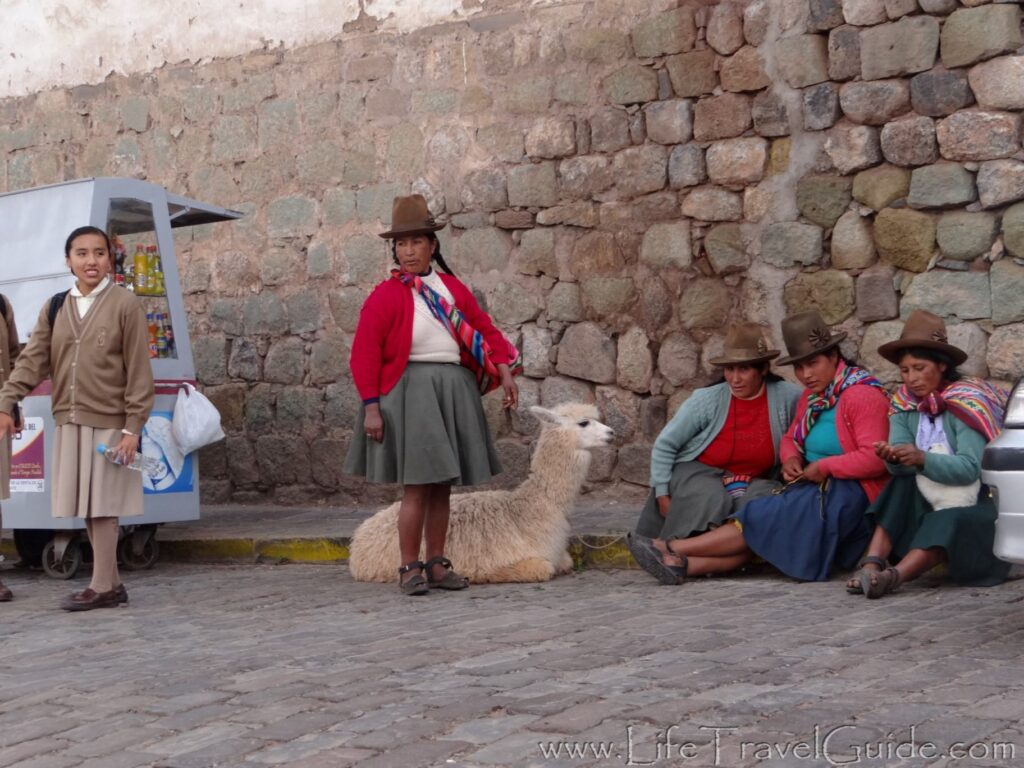
The city center was about a 15-minute walk from the guesthouse and the weather was sunny and warm so I decided to sit on a bench near the central city fountain. Soon next to me sat a young artist and we started talking. The young man was 27 years old, the oldest of 5 kids, and with his talent he was able to support his whole family. He spoke of his neighborhood and even pointed to his house on the hills across. He was a really cool guy so we agreed to meet again the next day.
I continued my walk down the street and found myself at the local farmers’ market. It was a huge indoor hall, where you could find anything, even things you have never imagined. There were even living frogs in a bucket, which were getting dissected right before everyone’s eyes upon one’s wish. The market appeared a lot like the one in Pucallpa except there was a food area here, where charming mid-age aunties cooked in large caldrons a few different dishes at a time. For three dollars I got offered the whole day menu.
I immediately felt my stomach rumbling. I looked around and to my surprise, it was hard to find a place to sit. I was able to locate a small spot on a bench so I quickly took it and sat down face-to-face with one of the cooks. I ordered “everything” so the lady started the three-course menu with a veggie soup. She grabbed a previously used bowl and dipped it in a huge tank with water. She wiped it thoroughly with a rag and then scooped a big ladle of the soup from the caldron into the bowl. She handed it to me with a big toothless smile. I believe I quickly realized why there were no tourists in this “restaurant”. Mind you the soup was very tasty, just as delicious as the fish with the veggies and the dessert I had after. I was very pleased that I was given the chance to eat alongside the locals and I often returned to the market the following days.
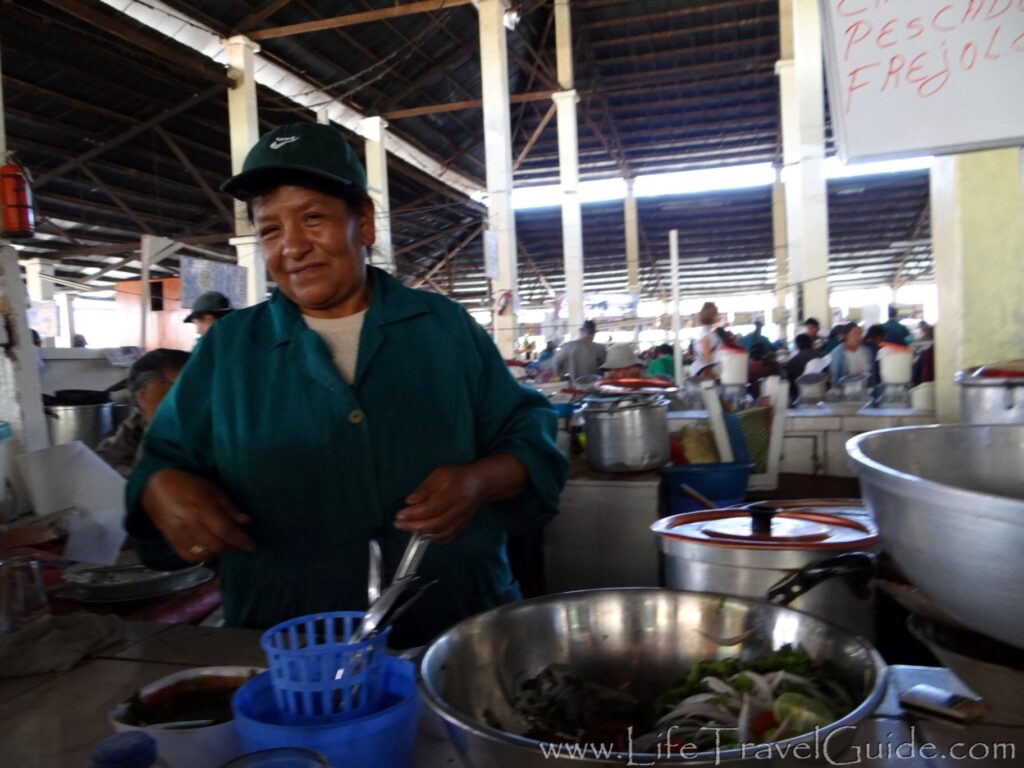
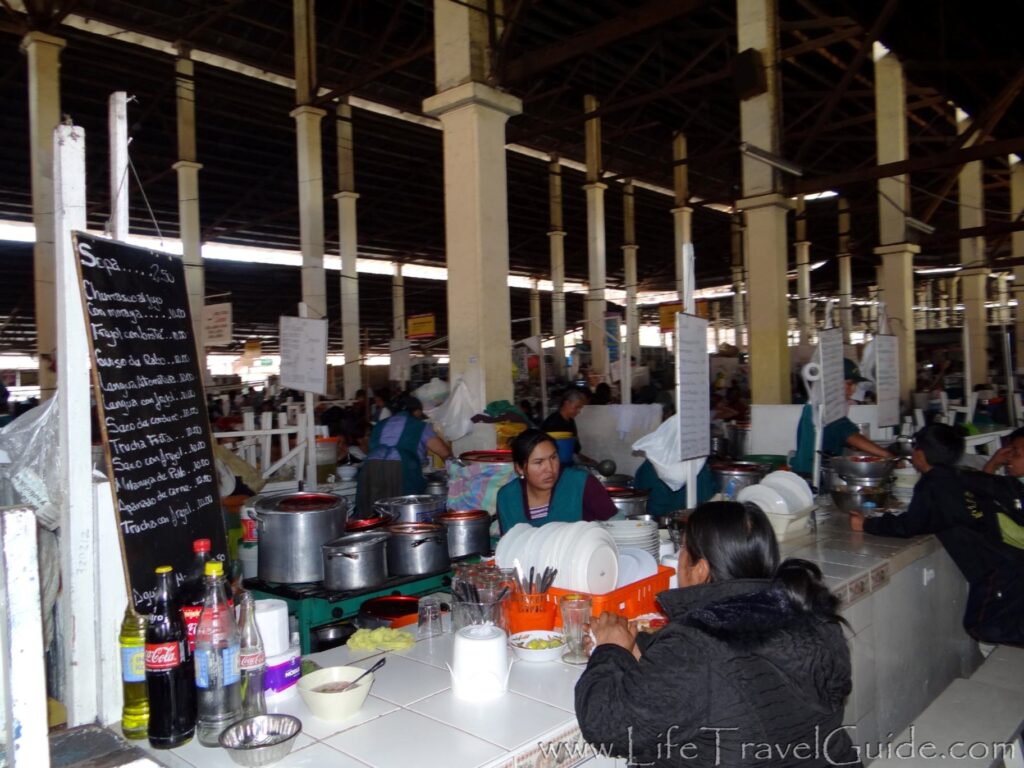
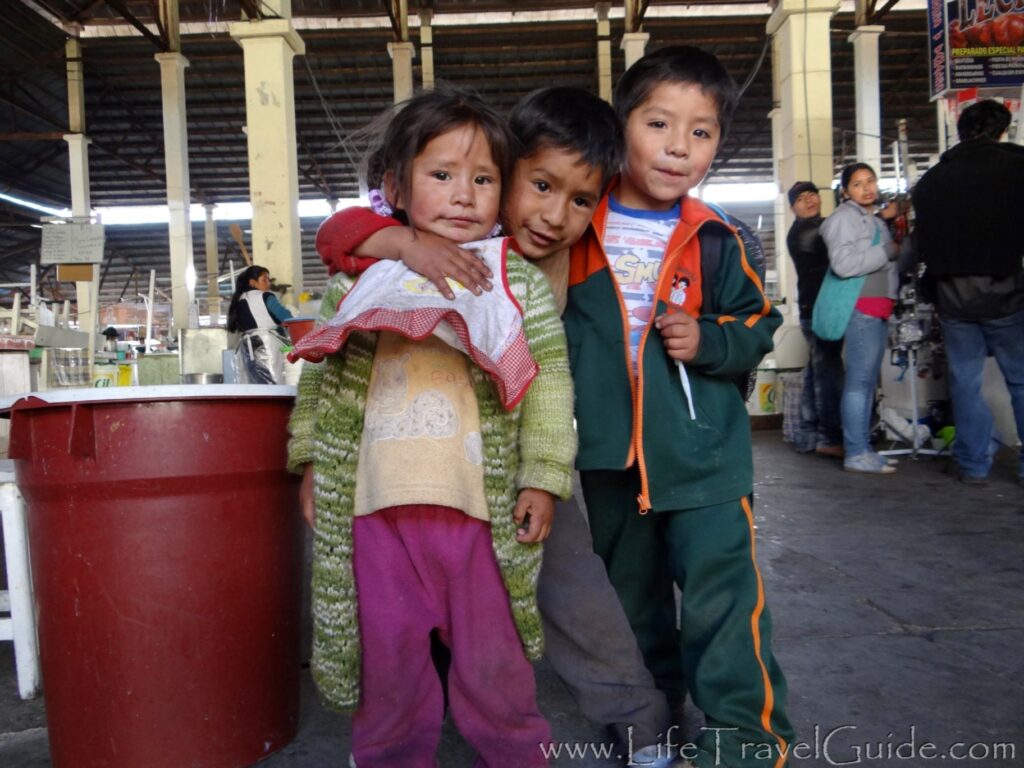
The city had several temples and museums and many ancient Inca towns’ remains could be found within 50 km of it. I had to make a plan if I wanted to see as many as possible in the 10 days I was planning to stay here. The first few days I visited everything I found interesting within the city and the most impressive I thought was Qoricancha – the Temple of the Sun. It was dedicated to Viracocha – the great creator deity and to Inti – the God of the Sun. In the past, there had been sanctuaries of a few other deities in the temple – the Moon and Venus, The Pleiades, and others. What’s more, there were statues of the deities of the conquered tribes which were brought to Cusco, partly in tribute and partly as loot.
Sources from the first Spanish who came to Cusco describe the ceremonies in Qoricancha happening continuously. The walls of the temple were covered in 700 sheets of pure gold, weighing about two kilograms each. The spacious yard had been filled with animal sculptures and a real size cornfield. All the statues had been made of pure gold. The floors of the temple had been also covered in gold. Massive sun-shaped golden statue, decorated with gems had been faced east so it could greet the sunrise every morning. Unfortunately, all these artifacts were quickly melted by the Spanish, and later over the remains of the temple they built the temple monastery, Santo Domingo.
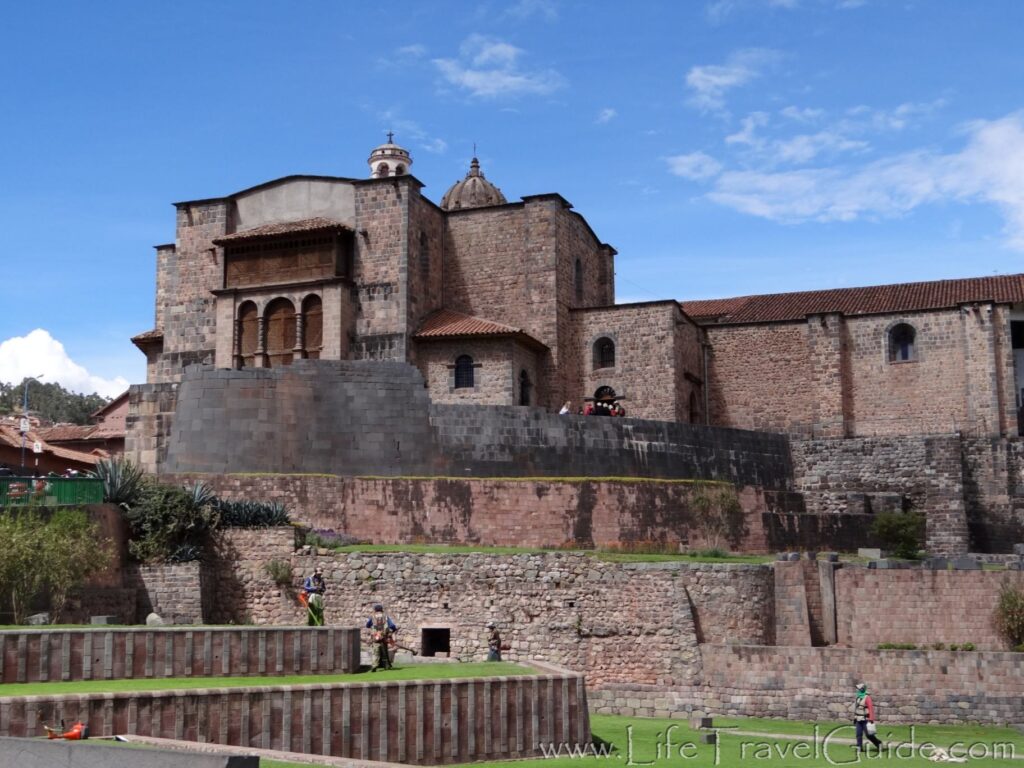
On the third day, I took a trip outside of Cusco. I decided to go to Pisac which was about 35 km from the city and I chose to take public transport on the way there. Sadly I had no clue where the bus station was but it turned out it wasn’t necessary anyways. What’s important is to have good intentions and Life will make them a reality. As I passed through the city center, by chance I met Juan – the young artist I told you about earlier, so we sat at a bench to chat for a bit. He asked where I was going so I shared my plan for the day with him. In response he said, he would gladly show me the way to the bus station and would even put me on the bus to Pisac. I told you he was a really cool guy. The bus was very small and ran down. Aside from the locals, it was also filled with local hens and roosters, as well as sacks with local potatoes which created an obstacle course on the bus aisle.
Pisac happened to be an enchanting village with a remarkable archeological reserve in the Holly Valley on the Urubamba River in the Andes. The village was well-known for its weekly farmers’ market every Tuesday, Thursday, and Sunday of the week. It was an event that attracted many locals and tourists from near Cusco. However, the main attraction was the awesome complex of Incas which is no less impressive than the well-known Machu Picchu and is even dated earlier than it. To my luck the day was Sunday and I got the pleasure of walking around the market before I continued my stroll to the ancient complex. The ruins were located on the top of a hill and at its entrance one is greeted by an endless number of stairs, which personally took me 45 minutes to climb and left me out of breath. On the ridge, the ruins were separated into 4 groups – Pisac, Intiwatana, Qallaq’asa, and Qanchis Racay. The group Intiwatana included the Sun Temple which was an interesting place with baths, altars, water fountains, and a ceremonial platform of exposed volcanic rock with niches of the Sun (Inti) carved into it.
Back in the day, Incas built agricultural terraces on the steep slope which are still in use today. They created them by embanking a top layer of rich soil brought manually from the valley. The terraces allowed larger harvests of food than normally possible at this elevation, which enriched the local communities. The complex was enormous and I almost didn’t have enough time to explore each and every corner of it. On the way back from Pisac I took a minibus and the trip home was a lot quicker than in the morning but the absence of the hens made it boring and dull.
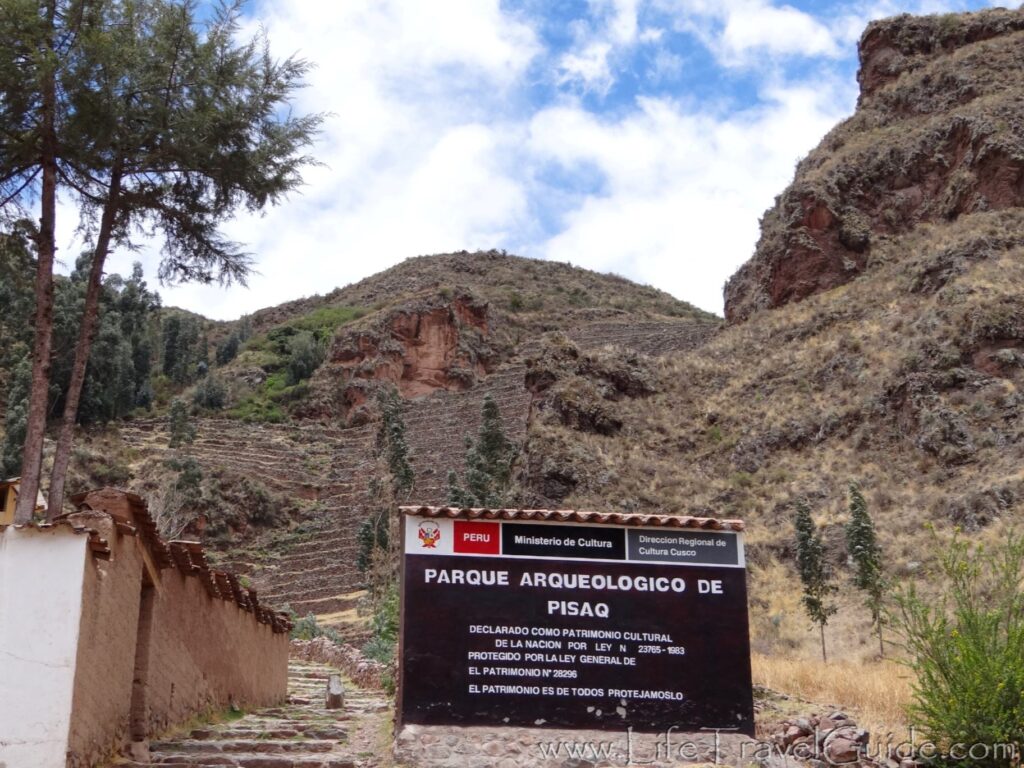
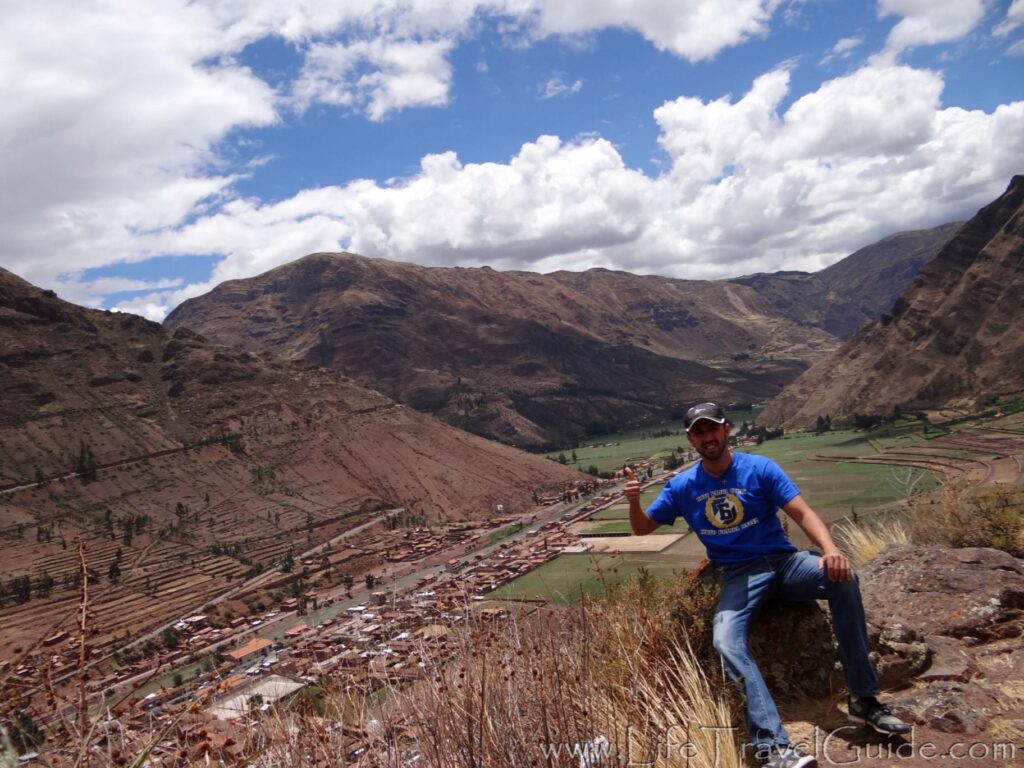

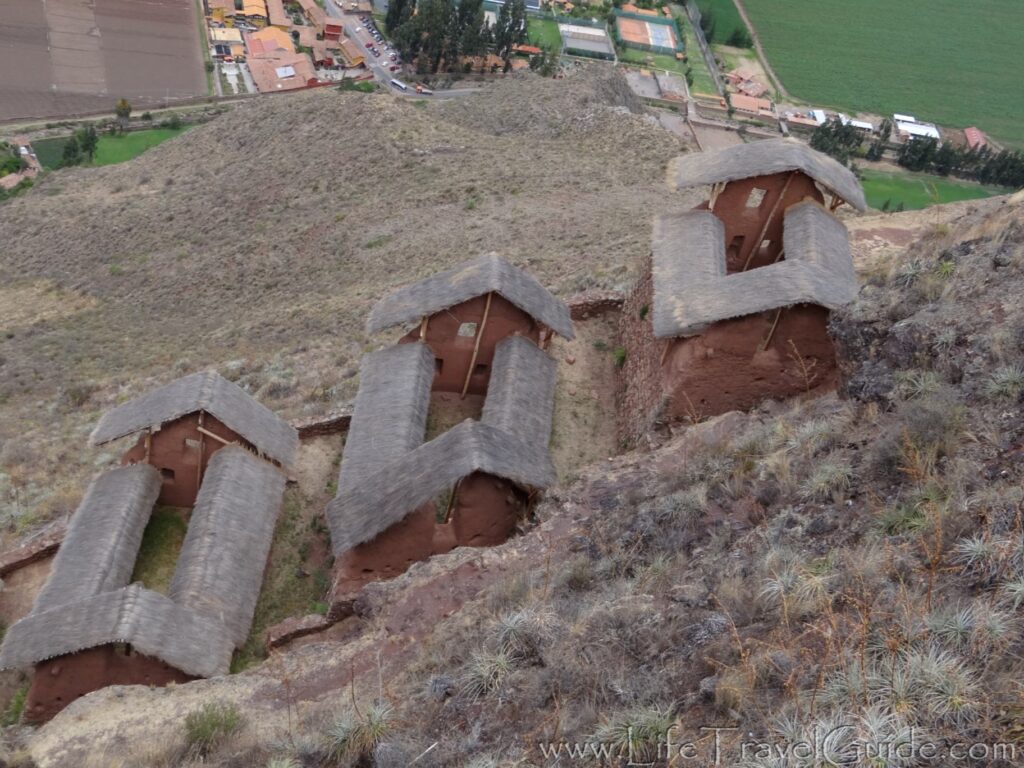
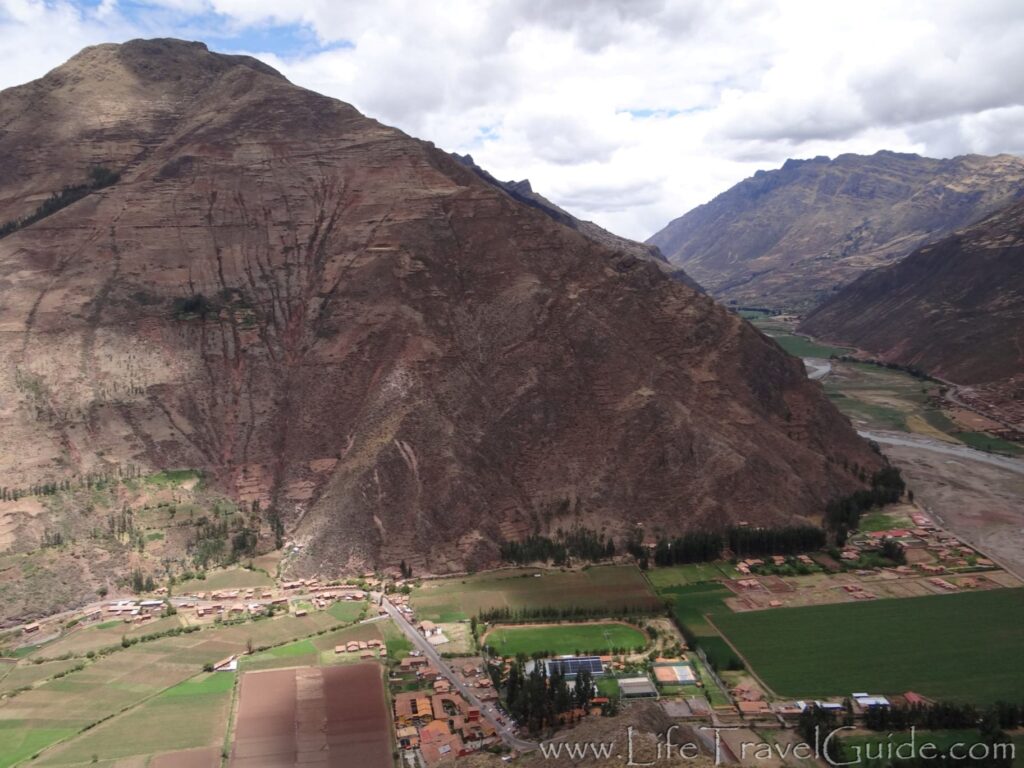
The next few days I spent outside of Cusco. I got up early in the morning and took a local bus to the closer destinations or a tourist bus to the farther ones.
The day I visited Moray and Maras was an extremely interesting one. A group of tourists and I left in the morning on a small bus. After an hour’s drive, the bus made a stop in a small village where the locals, dressed in their traditional clothes invited us to ежплоре one of their houses. There, a few women demonstrated the process of working with llama wool. They showed us how it gets colored, using only organic ingredients, and the result was multiple-color yarn which was then used to make a variety of clothes, hats, scarves, and even rugs. They sang some traditional songs for us after which we visited their market specifically set up for us and each one of my fellow travelers and I had a chance to buy a product made of llama wool.
The next stop was Moray – an ancient agricultural laboratory, where probably many plants were cultivated in order to receive a better harvest. The structure was basically a large man-made crater, carved into the ground. Its sides were agricultural terraces at different levels. Many of the Inca Civilization towns were located at a higher elevation and they probably grew plants sustainable to the climate there. Terraces were built to observe the effects of the different temperatures. The difference of 150 meters between the lowest and highest terrace was creating a difference of 15 degrees in the temperature. The crater was extremely deep and if one took a picture of a person standing at its base from the top, they would appear as a speck.
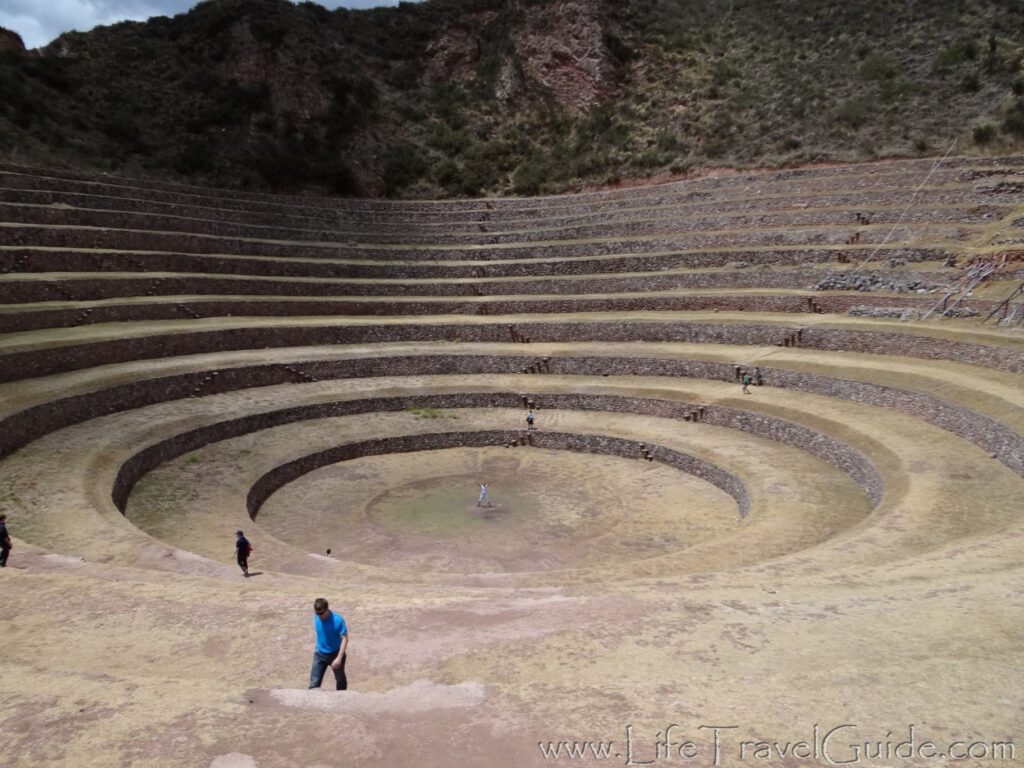
After Moray, the bus took us to Maras – an ancient village famous for its salt production. From afar we were able to notice the large white area in the middle of the mountain. As we approached we could clearly see the terraces too, which was where the salt evaporation ponds were located. It’s important to mention that the process of salt production was entirely manual and very dangerous at the same time, considering the slippery terrain and the altitude. As we walked around we came to learn that the source of the salty water springing from a rock was about 300 km away. It was a mystery how it got there, and at this time was a fact only known to Mother Earth.
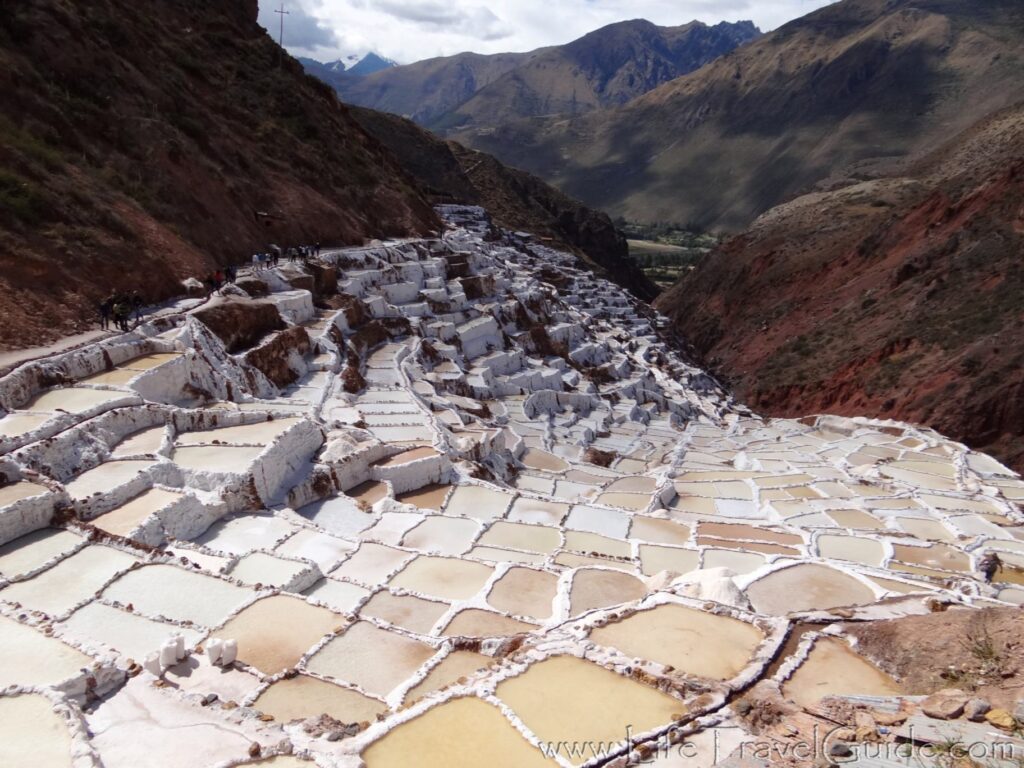
In the next few days, I continued to wander the area all day, sometimes alone, sometimes with people whom I met along the way. I met up with Juan a few times and he gifted me one of his most beautiful works – a painting of a magical place. In the middle of the painting though I noticed a spot and asked whether that was a print of his thumb. He smiled and said that I would very soon find out what it was. He knew I was leaving for the next 3 days. He also knew where I was going – one of the most visited tourist destinations in the world – the lost town of Incas, better known as Machu Picchu.
